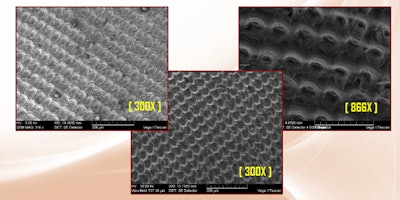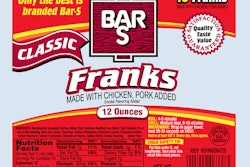
The typical process for bonding polymers with metal subcomponents is through abrasive blasting: a treatment that creates a rougher texture on the metal’s surface, allowing adhesives more surface area to grip, thus forming a stronger bond. However, the process is far from perfect, with common issues including inconsistent bond strength, operator induced variation on adhesion, short fatigue life and possibly leftover debris. In this whitepaper, Pulse explores whether laser surface texturing can create a more consistent, repeatable process resulting in stronger, longer-lasting bonds—and ultimately safer, more reliable medical device componentry.






















